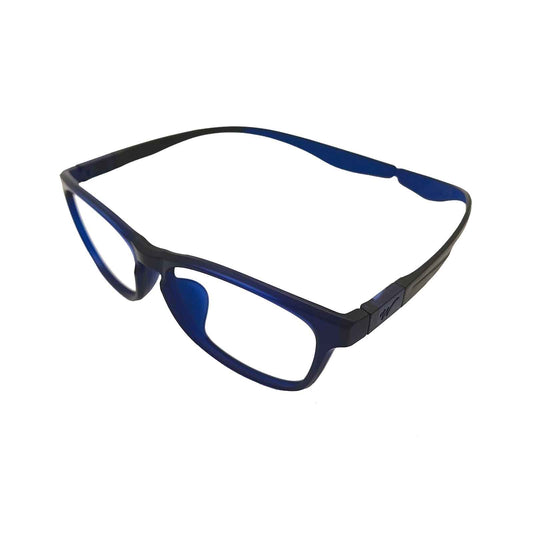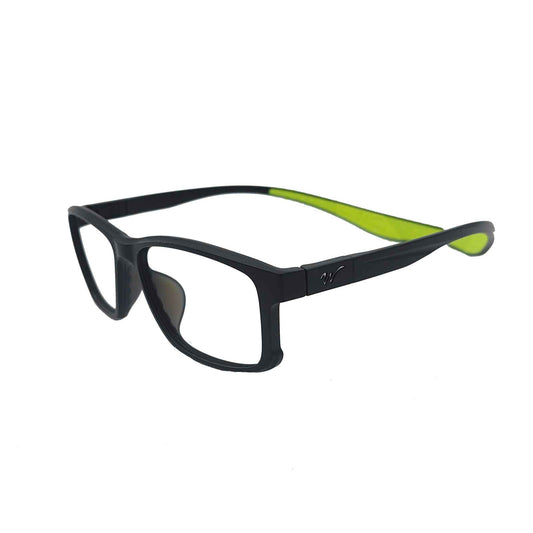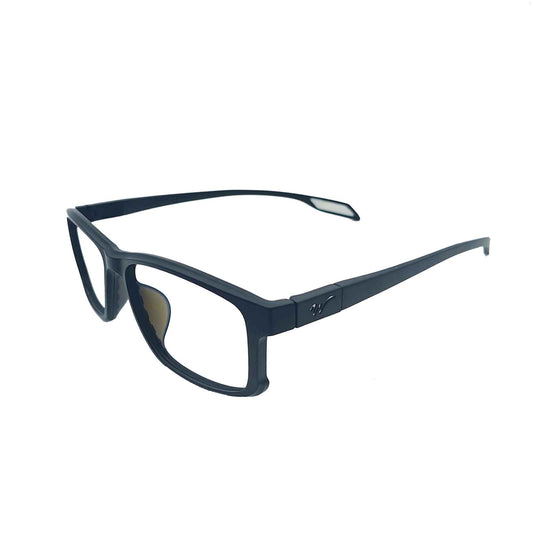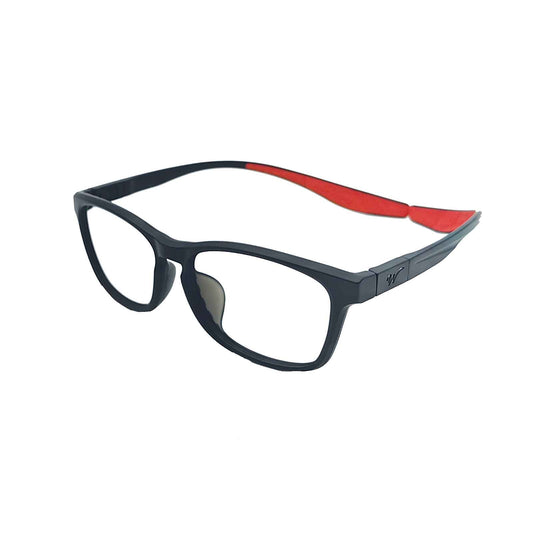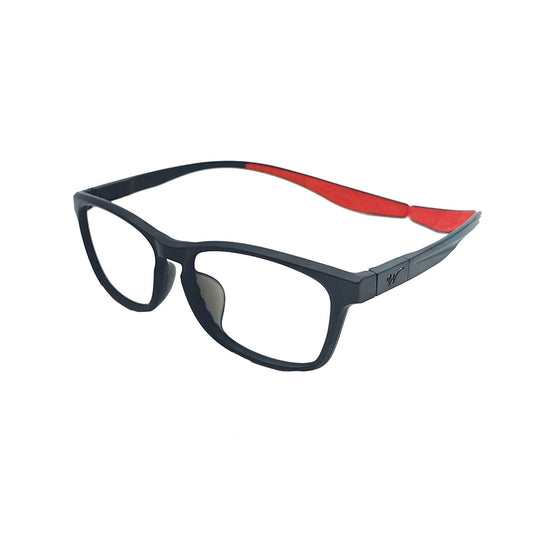Quick Guide to Understanding Wynthorix Prescription Sports Lens Features
This article takes a neutral stance and focuses on selecting lenses based on performance, functionality, and value for money. While there's no perfect lens, there are balanced options that suit your needs, and this is the principle Wynthorix has always followed in selecting lens sources.
Our core performance indicators for lens selection are refractive index, Abbe value, and impact resistance (toughness). Additionally, we evaluate materials, blue light protection, lens weight, accommodated prescription range, and pricing from multiple angles for the final assessment.
- Basic optical indicators for prescription lenses are refractive index and Abbe value:
- Refractive index: Well-known to consumers, higher refractive index results in thinner lenses.
- Abbe value: Higher values indicate better optical performance but may decrease as refractive index increases.
Moving on, for sports prescription eyewear, besides meeting optical requirements, impact resistance (lens toughness) during sports activities is crucial. While polycarbonate (PC) is a popular choice in the mainstream U.S. market for its excellent impact resistance, its low Abbe value is acknowledged. After comparing various lens material parameters, we've selected SuiT 1.61, made of 1.60MR-8PUL material, which delivers outstanding impact resistance performance while offering superior Abbe value and refractive index compared to PC.
Finally, it's worth mentioning the value for money aspect. Besides PC, Trivex has also been a hot commodity in recent years. However, due to PC's low Abbe value, Trivex, with its high refractive index and excellent Abbe value, seems like an ideal lens choice. But, let's talk about the price. The steep cost can deter a significant portion of consumers. Wynthorix has always prioritized selecting high-value products for users. Therefore, we have an even better option - SuiT 1.56 made of Fiber material - in terms of performance.
Although PC and Trivex are favored for their better performance in lens weight, the difference is negligible in terms of wearer experience.
You might wonder why we haven't mentioned lenses from Essilor or Zeiss. Well, these are optical lenses with high prices that don't meet our basic requirements for sports impact resistance and toughness, so they're not within our consideration.
Sport Frames Prescription Glasses
E RX series are compatible with prescription lenses, suitable for SUIT lens series.
-
Wynthorix E Rx Sports Prescription Glasses Blue-Blue CSRX210408
Regular price $59.99 USDRegular priceUnit price per -
Wynthorix E Rx Sports Prescription Glasses Green-Yellow CSRX21T03
Regular price $59.99 USDRegular priceUnit price per -
Wynthorix E Rx Sports Prescription Glasses Green-Black&White CSRX21T04
Regular price $59.99 USDRegular priceUnit price per -
Wynthorix E Rx Sports Prescription Glasses Red-Green CSRX21T05
Regular price $59.99 USDRegular priceUnit price per -
Wynthorix E Rx Sports Prescription Glasses Red-Black CSRX21T06
Regular price $59.99 USDRegular priceUnit price per



